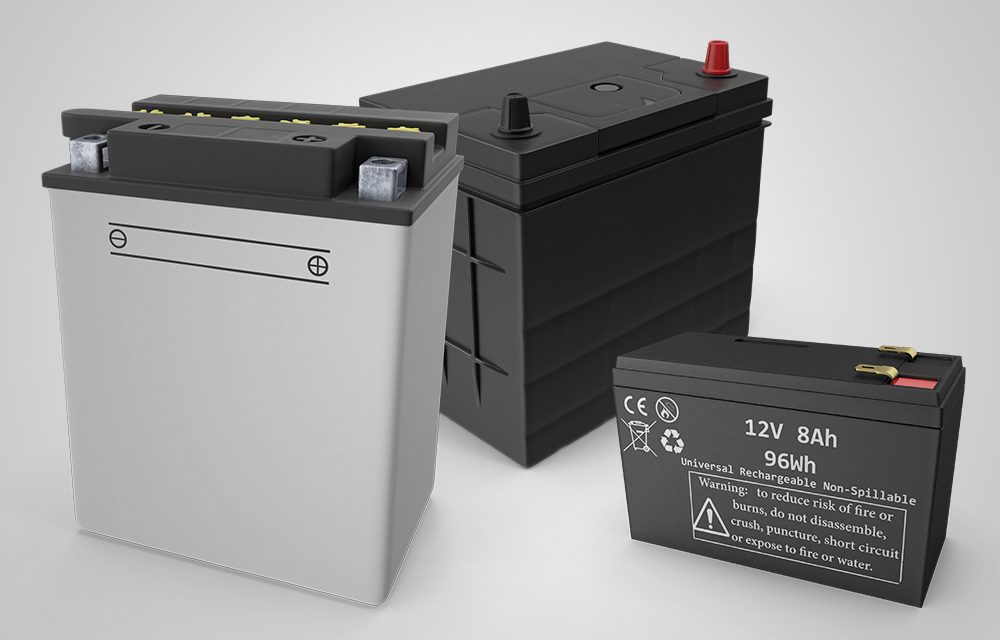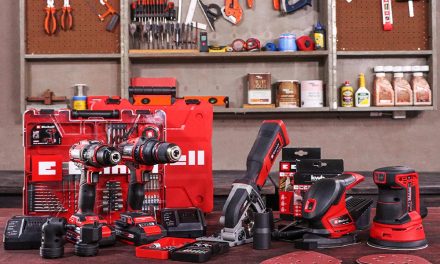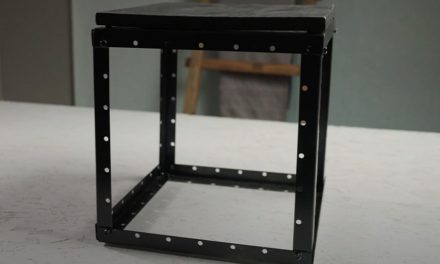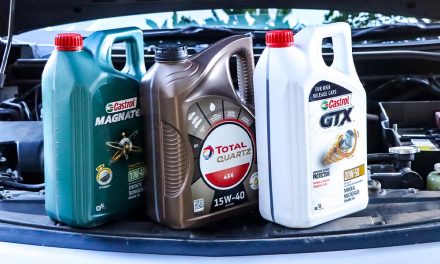Batteries are a crucial technology that we rely on every day. Therefore, having a fundamental understanding of how batteries operate and the various types available is essential. We also delve into some interesting and useful facts about batteries, including their common uses, how they work, and the pros and cons of various types.
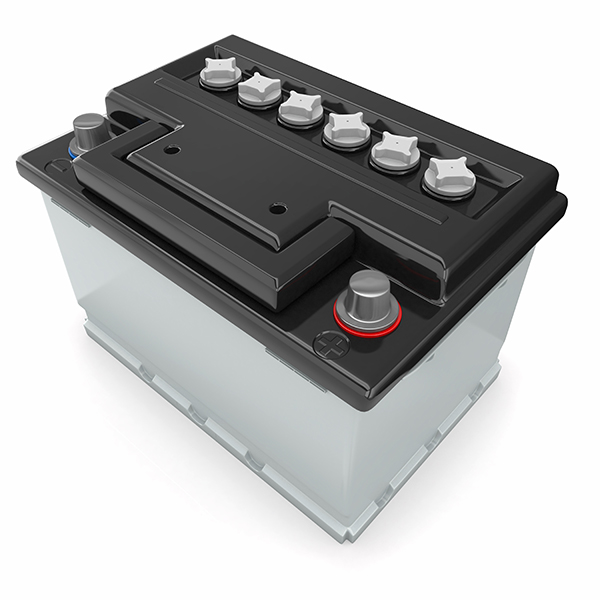
Lead Acid Batteries
| What is the product? | It is a type of rechargeable battery. The oldest form of power storage. |
| What is it made from? | Metallic lead, lead dioxide, lead sulfate and sulphuric acid. |
| Product facts |
|
| Common uses |
|
| Advantages |
|
| Disadvantages |
|
| Recharge time |
|
| Do’s |
|
| Don’ts |
|
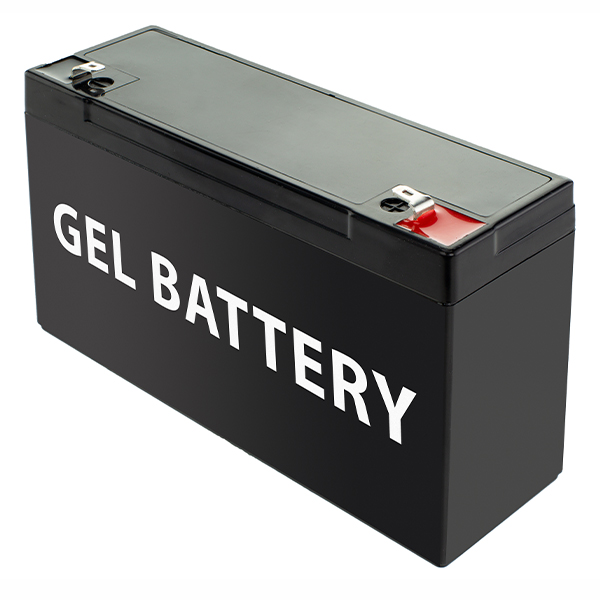
Gel Batteries
| What is the product? | It is a valve regulated, lead acid battery that is made using silica to create a semi solid form of power storage |
| What is it made from? | Silica (or sand) to turn the acid inside the battery into a thick liquid. |
| Product facts |
|
| Common uses | Used in cell phones, camcorders, recreational type vehicles, and marine equipment. |
| Advantages |
|
| Disadvantages |
|
| Recharge time |
|
| Do’s |
|
| Don’ts |
|
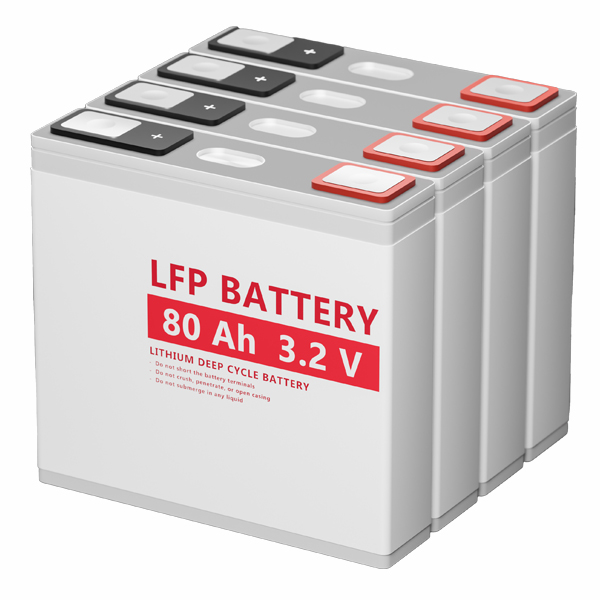
LiFeP04 (Lithium Ion Phosphate) Batteries
| What is the product? | It is a type of battery using lithium iron phosphate as the cathode material, and a graphitic carbon electrode with a metallic backing as the anode. It is the latest technology for power storage. |
| What is it made from? | Lithium (Li) in a balanced chemical compound with Iron (Fe) and Phosphate (P04) |
| Product facts |
|
| Common uses | Widely used in passenger cars, buses, logistics vehicles, electric vehicles, power storage systems, power plants, etc. due to their safety. |
| Advantages |
|
| Disadvantages | Don’t perform well at low temperatures and need more protection and care. |
| Recharge time |
|
| Do’s |
|
| Don’ts |
|

